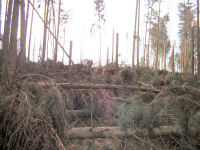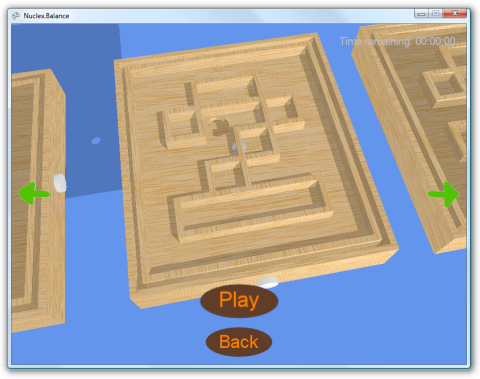Originally, my plan was to put together a new release of Nuclex.Fonts this evening,
but there was a small hurricane in the area near the end of the week that uprooted lots of trees,
creating a great obstacle course in the local forests. My favorite jogging route was totally
buried. Well, I couldn’t help but go out there every day since the past week. Today, I took my
camera with me, here are some shots from the forest trail I used to jog on:



I haven’t had such an intense workout with so diversified movements (due to the constant jumping and climbing) in a long time. Normally I can do the 10 km (~ 6.2 mi) in about 55 minutes (it’s rough terrain!). Now, after 55 minutes, I barely managed to pave my way through about half of the trail. My heart rate often got close to 200 bpm, making it quite difficult to jump from tree to tree. Here’s an image I tried to take of my watch’s recording after the run:

196 beats per minute average(!) heart rate for 55 minutes. I’m not getting old quite yet :)
This shouldn’t stall my projects for long, but it was immense fun!




